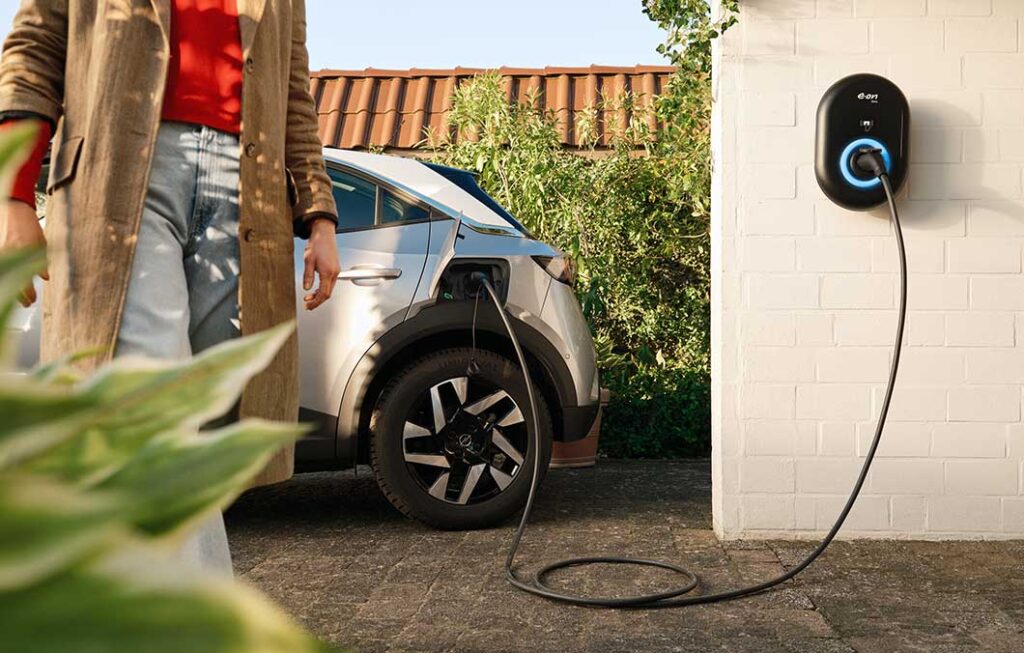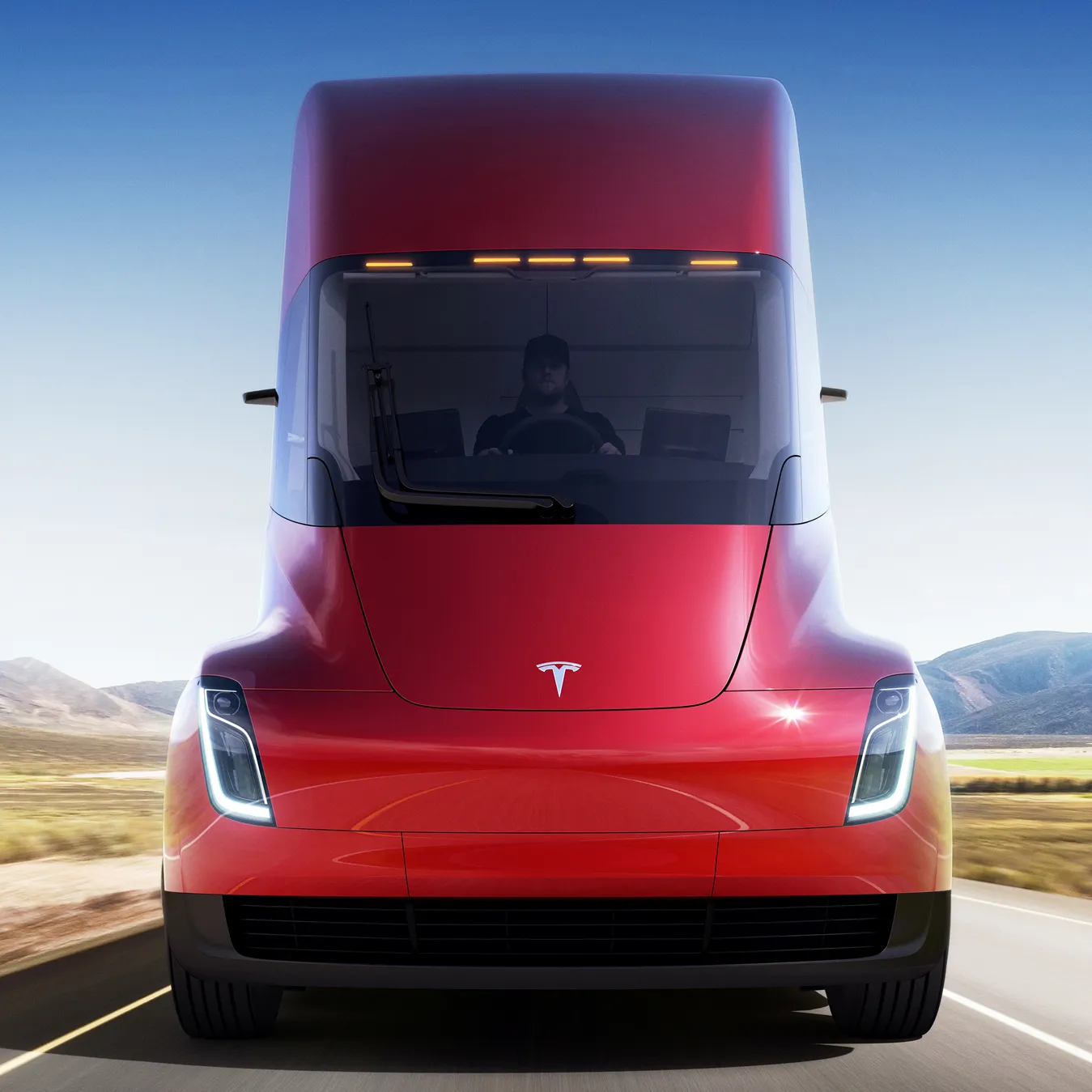Types of Electric Vehicles
Electric vehicles (EVs) are becoming increasingly popular due to their eco-friendliness and efficiency. There are several types of electric vehicles, including Battery Electric Vehicles (BEVs), Plug-in Hybrid Electric Vehicles (PHEVs), Hybrid Electric Vehicles (HEVs), and Fuel Cell Electric Vehicles (FCEVs). BEVs are fully electric vehicles that run on rechargeable batteries and do not have a gasoline engine. PHEVs use batteries to power an electric motor and another fuel, such as gasoline, to power an internal combustion engine. HEVs are powered by an internal combustion engine and one or more electric motors that use energy stored in a battery. FCEVs use hydrogen fuel cells to generate electricity to power an electric motor. The type of electric vehicle that is best for you depends on your driving needs and preferences.
Benefits of Electric Vehicles
Electric vehicles (EVs) offer numerous benefits over traditional gasoline-powered vehicles. Here are some of the benefits of electric vehicles:
- Lower operating costs: EVs are more efficient and use electricity to charge their batteries instead of using fossil fuels like petrol or diesel. This means that charging an electric vehicle is cheaper than filling petrol or diesel for your travel requirements. EVs also have fewer moving parts, which means less maintenance and lower routine maintenance costs.
- Environmental benefits: EVs produce zero tailpipe emissions, which means they help reduce air pollution and greenhouse gas emissions. Using renewable energy sources can make the use of electric vehicles more eco-friendly.
- Tax and financial benefits: Many countries offer tax credits and incentives for purchasing an EV. For example, in the US, there is a federal tax credit of up to $7,500 for purchasing an EV. Some states and local governments also offer additional incentives.
- Quieter and smoother ride: EVs are quieter than traditional vehicles, which reduces noise pollution. They also offer a smoother ride due to their electric motors.
- Better performance: EVs have instant torque, which means they offer quick acceleration and better performance than traditional vehicles. They also have regenerative braking, which extends the lifespan of brake pads by using the electric motor to decelerate the vehicle.
- Energy security: EVs can help reduce dependence on foreign oil and increase energy security. The multiple fuel sources used to generate electricity results in a more secure energy source for the electrified portion of the transportation sector.
Overall, the benefits of electric vehicles make them an attractive option for those looking for a more eco-friendly and efficient mode of transportation. The type of electric vehicle that is best for you depends on your driving needs and preferences.
Tesla Big Rig Features
Tesla Semi is a fully electric semi-truck that offers several features. It is powered by three independent motors that provide instant torque and unmatched power at any speed, allowing drivers to merge safely and keep pace with traffic. The truck has an estimated range of 500 miles on a single charge and can recover up to 70 percent of range in 30 minutes using Tesla’s Semi Chargers. Tesla Semi comes standard with active safety features that pair with advanced motor and brake controls to deliver traction and stability in all conditions.
A central seating position gives the driver better visibility, while an all-electric architecture reduces both rollover risk and cabin intrusion in case of an accident. The truck features suspension settings, trailer hitch controls, HVAC functions, navigation, trip functions, and a host of apps, such as Spotify. The Tesla Semi’s powertrain is a modified Plaid tri-motor powertrain that’s spun backward. The Model S’ front motor drives the Semi’s rear axle and acts as the vehicle’s high-efficiency “highway drive unit.” The Model S Plaid’s dual rear motors, on the other hand, are installed on the rear axle. The truck has a sleek design and offers a quieter and smoother ride than traditional diesel trucks.
Charging an Electric Vehicle at Home
 Charging an electric vehicle at home is the most convenient and cost-effective way to charge an EV. According to, most EV drivers do more than 80% of their charging at home. There are two types of chargers for home use: Level 1 and Level 2. Level 1 chargers can be plugged into any standard 120-volt household outlet and take 40-50+ hours to charge a BEV to 80% from empty and 5-6 hours for a PHEV. Level 2 chargers offer higher-rate AC charging through 240V (in residential applications) or 208V (in commercial applications) electrical service and can charge a BEV to 80% from empty in 4-10 hours and a PHEV in 1-2 hours.
Charging an electric vehicle at home is the most convenient and cost-effective way to charge an EV. According to, most EV drivers do more than 80% of their charging at home. There are two types of chargers for home use: Level 1 and Level 2. Level 1 chargers can be plugged into any standard 120-volt household outlet and take 40-50+ hours to charge a BEV to 80% from empty and 5-6 hours for a PHEV. Level 2 chargers offer higher-rate AC charging through 240V (in residential applications) or 208V (in commercial applications) electrical service and can charge a BEV to 80% from empty in 4-10 hours and a PHEV in 1-2 hours.
Direct current fast charging (DCFC) equipment offers rapid charging along heavy-traffic corridors at installed stations. DCFC equipment can charge a BEV to 80% in just 20 minutes to 1 hour. However, DCFC equipment is not recommended for daily use as it can damage the battery. Installing an EV charging station at home saves time and money involved in traveling to a public charger and waiting for hours while the EV acquires enough range for your needs.

